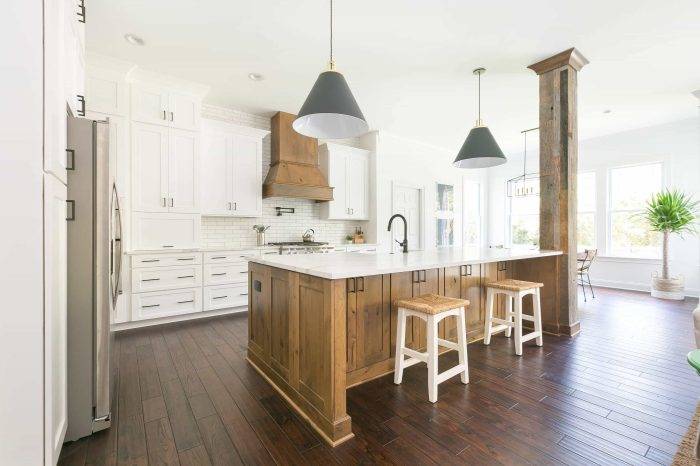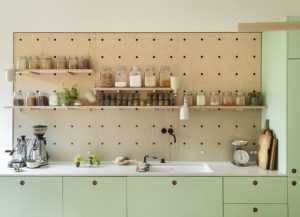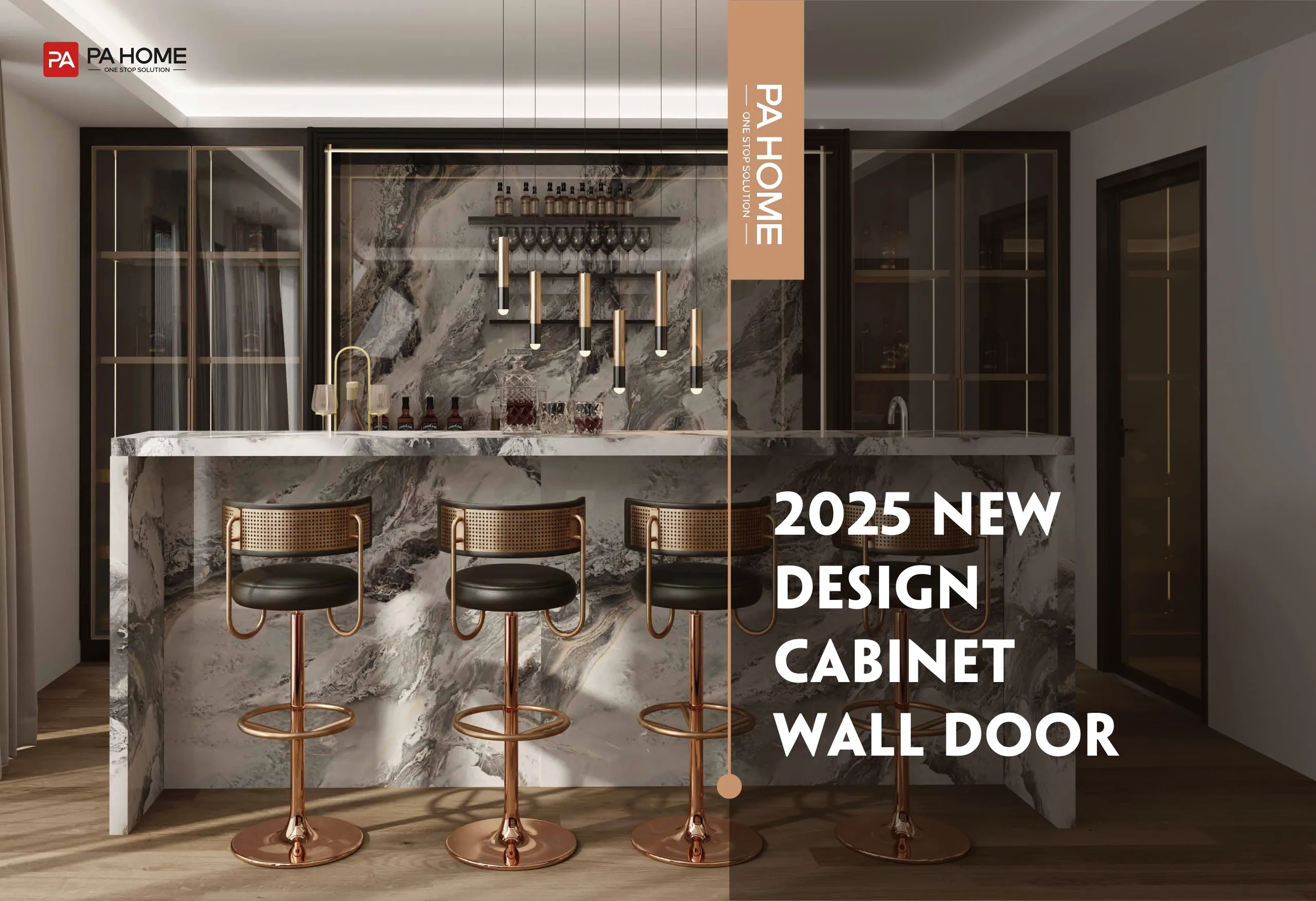When it comes to storage solutions in your home, the terms “cupboard” and “cabinet” are often used interchangeably. However, they each serve distinct purposes and have different features that can impact your home design and organization. So, cupboard vs cabinet: what’s the real difference? and how do you decide which one is right for your home? Let’s dive into the key differences, advantages, and practical considerations to help you make an informed decision.
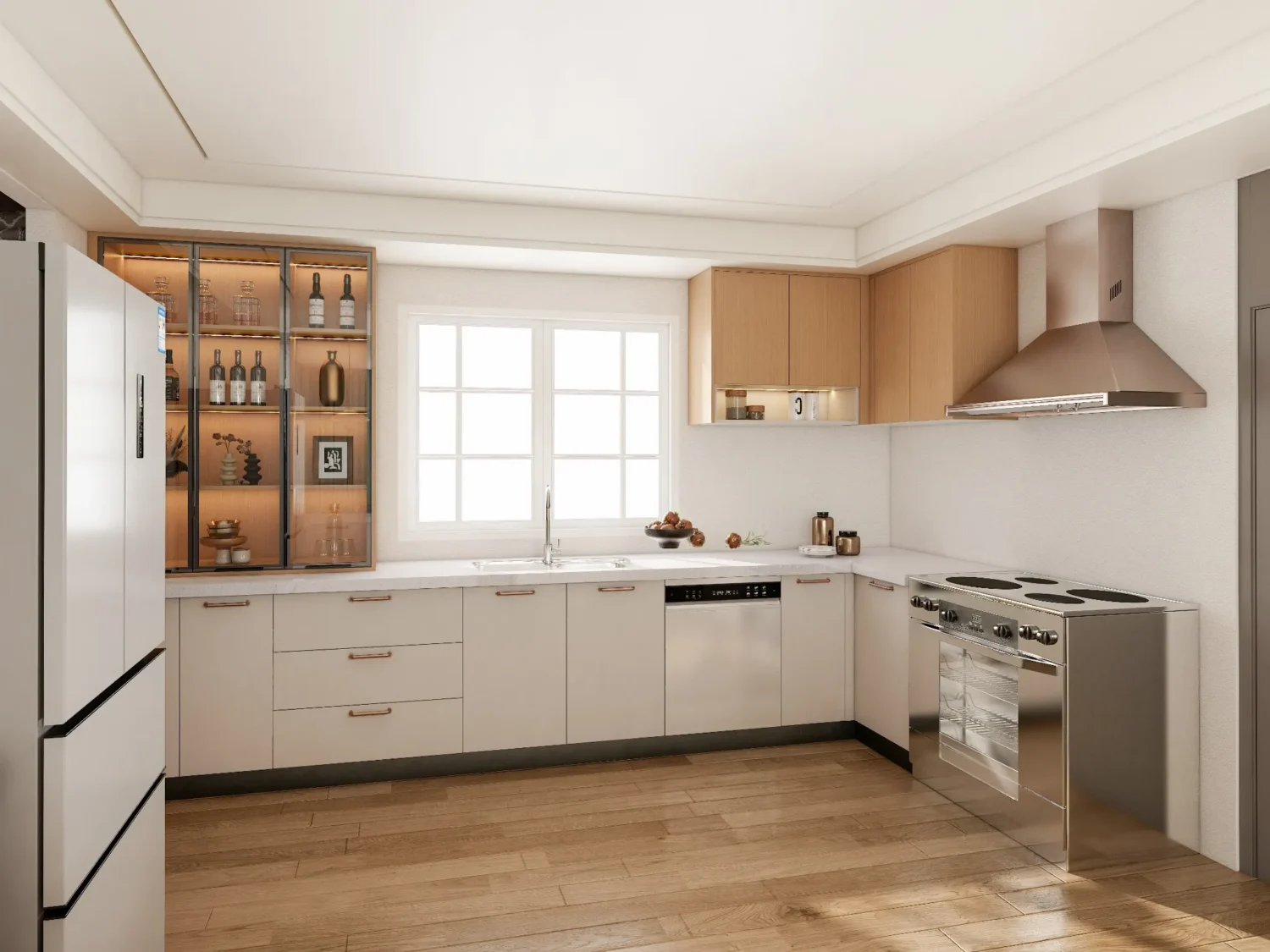
What is a Cupboard?

A cupboard is traditionally a freestanding or wall-mounted storage unit designed for simple organization. Often, cupboards are basic, enclosed spaces that offer functional storage for food, household items, or linens. They can be found in kitchens, bathrooms, and other areas of the home.
Definition and History:
Cupboards originated in medieval Europe as enclosed spaces used for storing food, particularly in kitchens. They were often made of wood and lacked the sophisticated finishes we see today. Over time, they evolved into versatile storage units, still favored for their practicality and cost-effectiveness.
Common Features:
Freestanding or Wall-Mounted: Cupboards are often not built-in and can be easily moved if necessary.
Simple Shelving: They usually have shelves for storing items, such as food, dishware, or cleaning supplies.
Functional Storage: Cupboards focus on storage rather than aesthetics or display.
Affordable and Accessible: They are generally less expensive and easier to install than cabinets.
Pros and Cons:
Pros: Affordable, easy to install, versatile, and simple to use. They are great for utility spaces and kitchens.
Cons: Can be bulky or unattractive in high-end spaces. Limited customization and design options compared to cabinets.
| Pros | Cons |
|---|---|
| Highly customizable designs | Typically more expensive than cupboards |
| Concealed storage keeps things tidy | May require professional installation |
| Durable materials like wood & metal | Less flexible if space changes are needed |
| Various sizes: base, wall, tall | Takes longer to manufacture if custom |
| Blends into modern interior design | Can be overbuilt for simple storage needs |
What is a Cabinet?
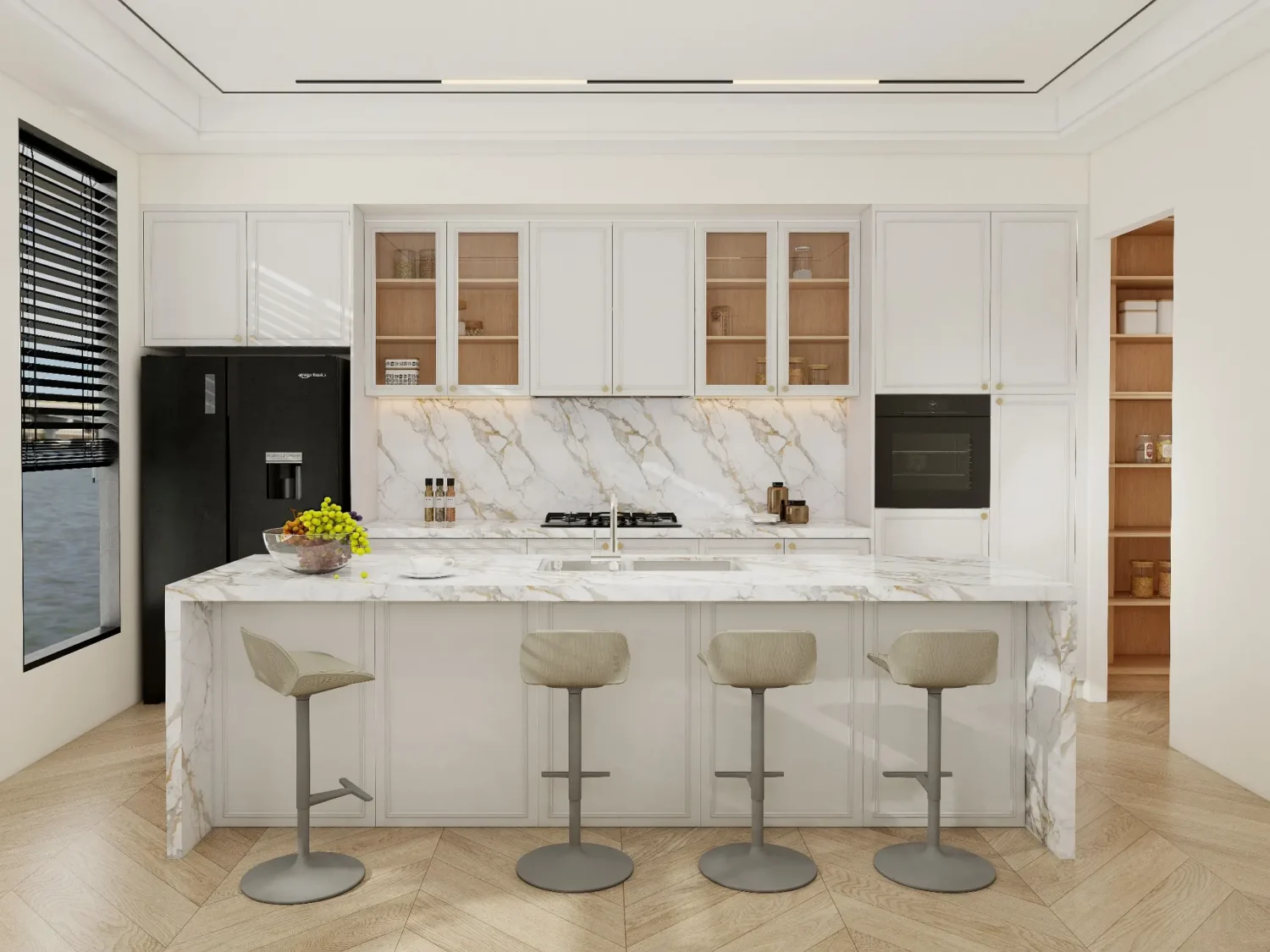
A cabinet is a more sophisticated storage solution that often combines functionality with aesthetics. Cabinets are typically built into the structure of the room and are designed for a wide range of purposes—from kitchen storage to stylish display units in living rooms.
Definition and History:
Cabinets have evolved from basic storage units to integral parts of home design. In modern times, cabinets are built-in and often feature advanced construction, such as soft-close doors and drawers, custom finishes, and high-end materials. They can be seen in almost every room of the house, offering both storage and display options.
Common Features:
Built-In: Cabinets are usually fixed to the wall and built into the room’s design.
High-Quality Materials: Cabinets are often made from wood, metal, or other durable materials with premium finishes.
Customization: Cabinets can be highly customized, offering a range of door styles, finishes, and hardware options.
More Storage Options: They may include features like pull-out drawers, dividers, and specialized storage systems.
Pros and Cons:
Pros: Stylish, customizable, durable, and efficient at organizing both functional and decorative items. Ideal for modern interiors and high-end spaces.
Cons: More expensive and time-consuming to install. Requires professional installation in many cases.
| Pros | Cons |
|---|---|
| Affordable and budget-friendly | Less stylish in high-end spaces |
| Simple installation | Limited customization |
| Freestanding or wall-mounted | Can take up more space than necessary |
| Practical and functional storage solution | Bulky in small rooms |
| Flexible and movable | Lacks advanced storage features |
Key Differences Between Cupboards and Cabinets: Functionality, Design, and Purpose
While the terms “cupboard” and “cabinet” are often used interchangeably, the distinctions can be significant, especially when it comes to functionality, design, and purpose.
Purpose & Functionality
Cupboards: Primarily used for basic storage. They are perfect for spaces where function is more important than design—think kitchens and utility rooms. Cupboards are typically used to store food, dishes, cleaning supplies, or tools.
Cabinets: These are more versatile and often designed to serve dual purposes: functional storage and aesthetic appeal. Cabinets can store everything from kitchenware to fine china, and can even be used as display units in living rooms or bathrooms.
Design & Style
Cupboards: Often simpler in design, focusing on practicality. They are generally used in less decorative areas of the home or where style is not a top priority.
Cabinets: Designed with aesthetics in mind. Cabinets are often customized to match the room’s decor and are available in various styles—from modern to traditional.
Materials & Construction
Cupboards: Made from simpler materials like MDF, plywood, or even plastic. They are often less intricate in construction and lack the fine finishes that cabinets offer.
Cabinets: Crafted from higher-quality materials such as solid wood, metal, or high-grade plywood. Cabinets are built for durability and long-term use, and their construction can include intricate details like crown molding and custom hardware.
Installation & Flexibility
Cupboards: Cupboards are often freestanding or mounted on the wall, which makes them easier to install and relocate. They are more flexible when it comes to rearranging or redesigning your space.
Cabinets: Cabinets are typically built-in and require professional installation, which makes them more permanent. Once installed, they are difficult to move.
| Feature | Cabinet | Cupboard |
|---|---|---|
| Purpose | For both storage and display | Primarily for storage |
| Design & Aesthetics | Customizable, stylish | Simple, utilitarian |
| Materials | High-quality wood, metal, MDF | Basic materials like plywood, particleboard |
| Installation | Built-in, professional installation | Freestanding, easy to install |
| Storage Features | Pull-out shelves, drawers | Simple shelving |
| Cost | More expensive | Budget-friendly |
| Flexibility | Fixed installation, less movable | Easily movable |
| Space Efficiency | Designed to maximize space | Can take up more room than necessary |
Where Should You Choose Cupboards vs Cabinets?
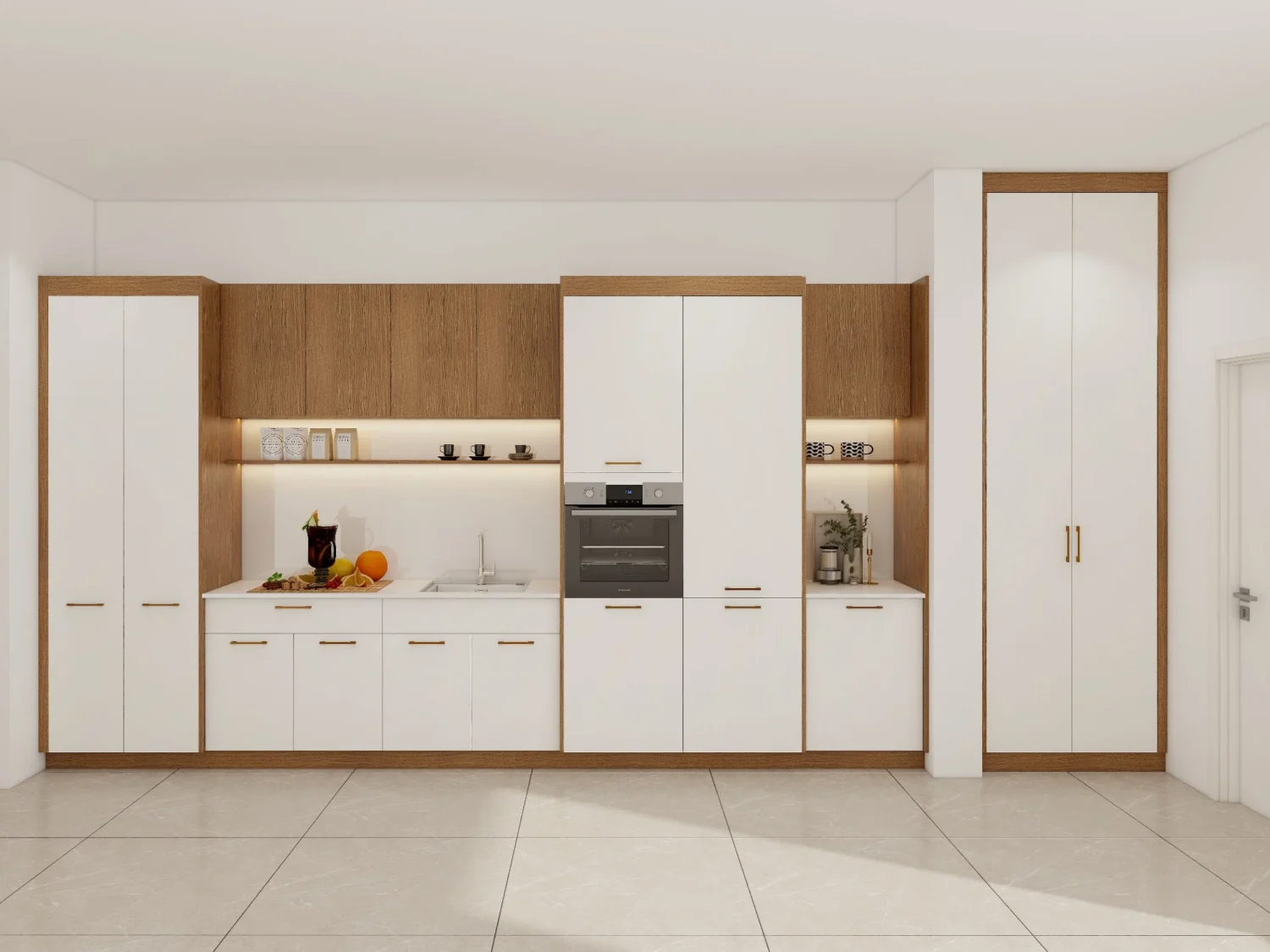
Choosing between cupboards and cabinets often depends on the room, design goals, and specific needs of the space. Let’s break it down room-by-room.
Kitchen
Cupboards: Great for pantries or areas where you need simple, functional storage for dry goods or kitchen tools.
Cabinets: Ideal for more organized kitchen storage, with options for custom drawers, pull-out shelving, and specialized compartments for pots, pans, and utensils.
Living Room / Dining Room
Cupboards: Best for storing items that don’t need to be displayed, such as extra dishes or serving trays.
Cabinets: Perfect for storing fine china, displaying decorative items, or creating a stylish, organized space.
Bathroom
Cupboards: A simple, budget-friendly option for storing towels, toiletries, and cleaning products.
Cabinets: Use custom bathroom cabinets for high-end storage solutions, such as built-in medicine cabinets, under-sink cabinets, and stylish storage units for towels.
Bedroom
Cupboards: Great for closet storage or for stowing away extra linens, bedding, or clothing.
Cabinets: Use wardrobes or custom cabinets to maximize closet space, with adjustable shelving and drawer organizers for a cleaner, more organized bedroom.
Home Office
Cupboards: Ideal for storing office supplies and documents that don’t need to be displayed.
Cabinets: Opt for custom cabinets with filing systems, drawers, and shelving for a more organized and professional home office setup.
Cost Considerations: How Much Do Cupboards vs Cabinets Cost?

When deciding between cupboards and cabinets, cost is an important factor. Let’s compare the costs and benefits of each.
Budget-Friendly Cupboards
Cupboards are usually more affordable than cabinets. They can be made from lower-cost materials and often require less labor to install. For homeowners looking for a simple storage solution, cupboards provide a practical option without breaking the bank.
Expensive Cabinets
Cabinets tend to be more expensive due to their high-quality materials, custom designs, and professional installation. While they require a larger upfront investment, cabinets offer superior durability and aesthetics, making them a long-term investment for your home.
Long-Term Investment
While cupboards are functional and cost-effective, cabinets add lasting value to your home, especially when customized to your design preferences. If you’re looking to increase your home’s resale value, investing in quality cabinets may be worth the extra cost.
How to Choose Between Cupboards and Cabinets: Practical Decision-Making Tips
Choosing between cupboards and cabinets often depends on your specific needs, space, and budget. Here are a few tips to help you make the right decision:
What are you storing? If you need simple, functional storage for things like food or cleaning supplies, cupboards might be your best option. For more organized, high-end storage, go for cabinets.
Style preferences: If you’re aiming for a sleek, modern design, cabinets are the way to go. If you’re working with a tighter budget or prefer a more basic look, cupboards will work just fine.
Available space: Cupboards are better suited for smaller spaces or utility areas, while cabinets are great for larger rooms where style and storage are equally important.
Conclusion
Understanding the differences between cupboards and cabinets is crucial when designing or renovating your home. Both offer unique benefits, but your choice ultimately depends on the style, functionality, and budget that best suits your needs. Whether you’re looking for a simple storage solution or a high-end, customized unit, there’s a place for both cupboards and cabinets in every home.
By following this guide, you’re well on your way to making an informed decision that will enhance your home’s storage while adding value and style. Ready to start? Explore our wide range of custom cabinetry solutions for every room in your home!
FAQs
Choose cupboards for simple, affordable storage in smaller spaces, and cabinets for a more organized, stylish look, especially in larger or high-end rooms.
Yes, cupboards are usually cheaper due to simpler construction and materials.
Cabinets are better for kitchens, offering better organization and a built-in design.

